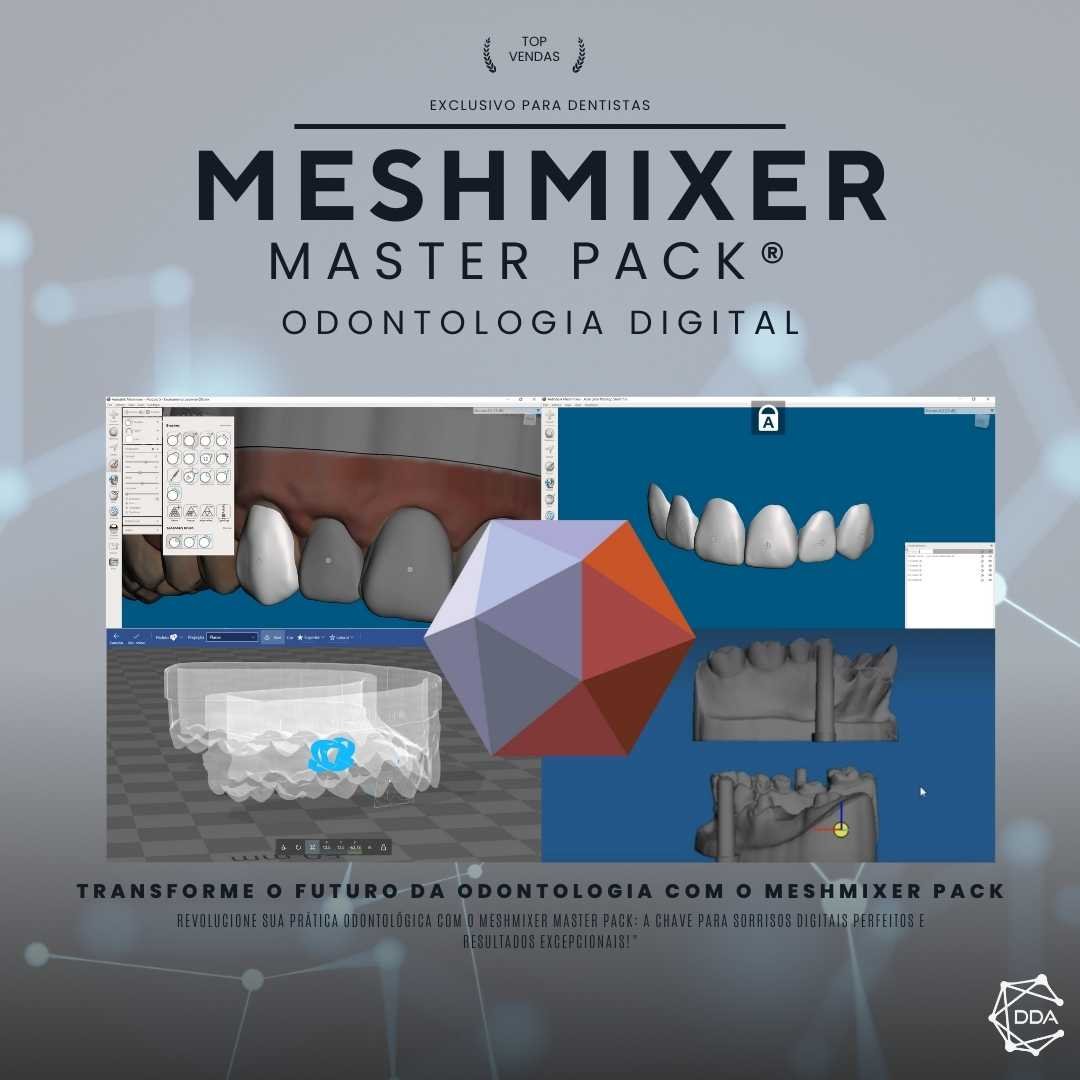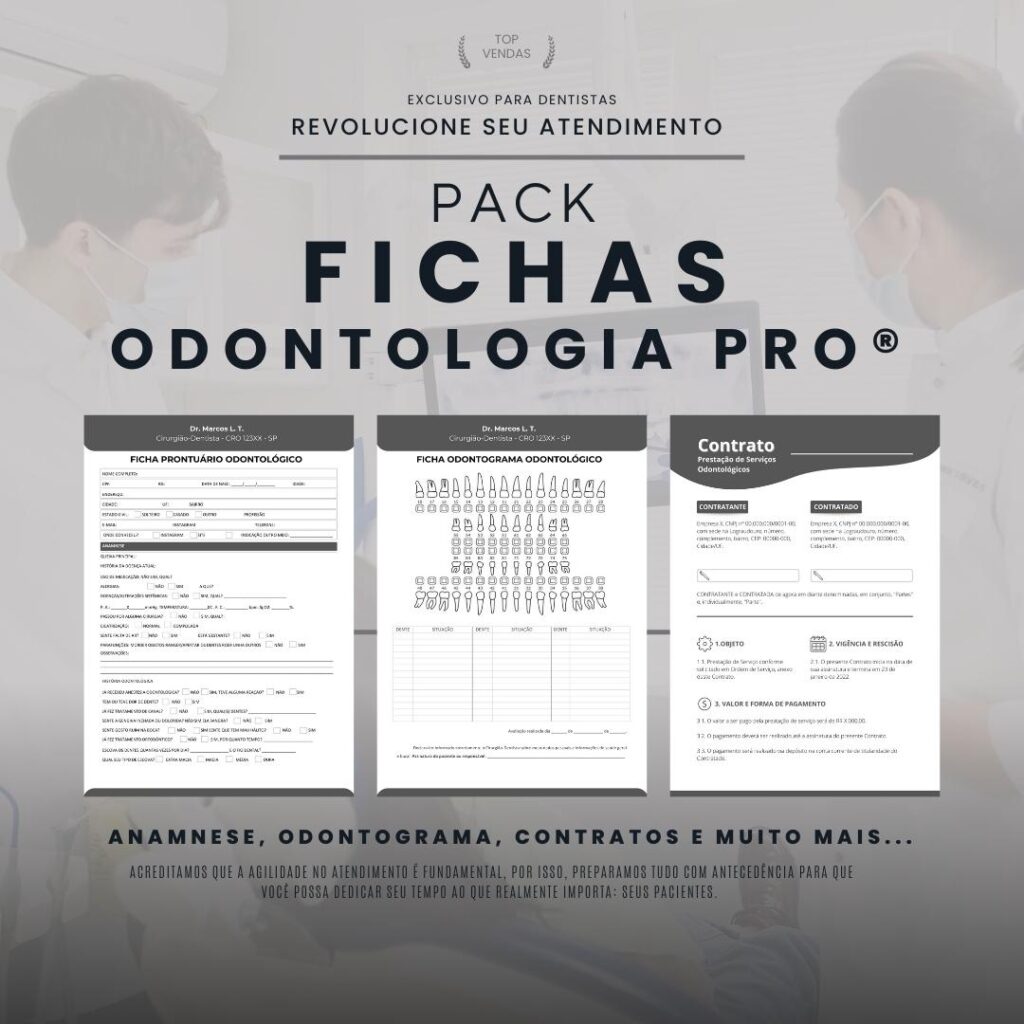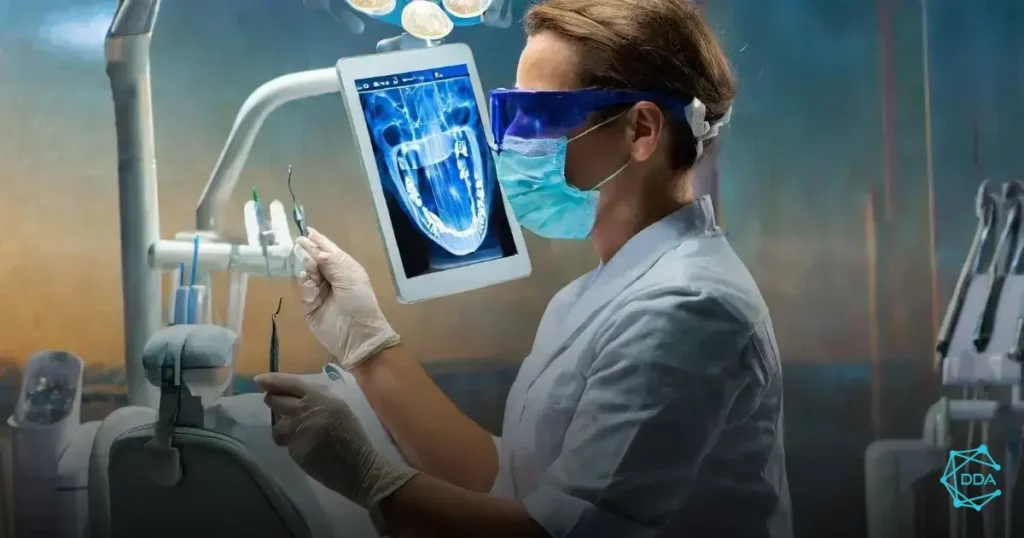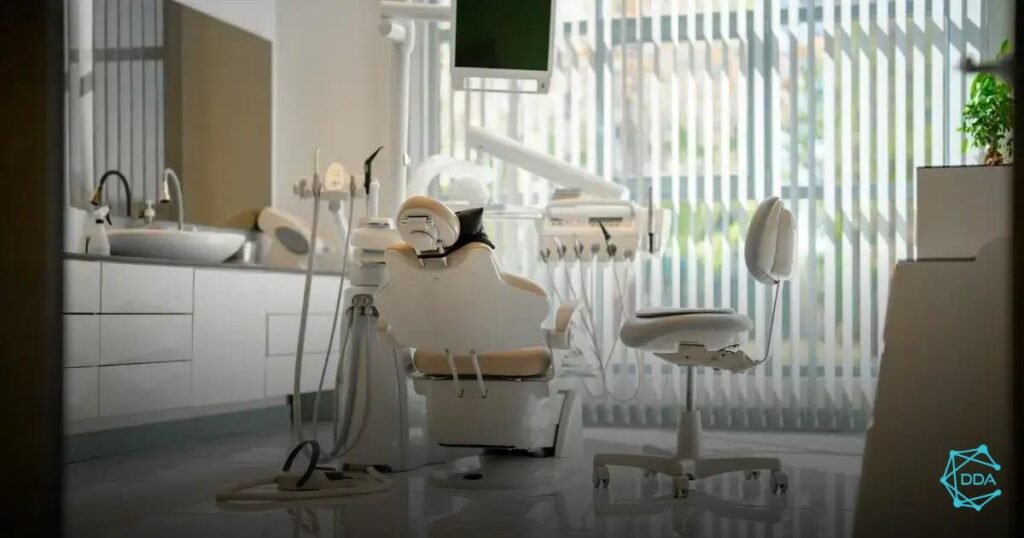A digital dentistry is revolutionizing dental practice by offering innovative solutions that improve care and outcomes. With advanced technologies such as intraoral scanners and management software, dentists can provide a more efficient and comfortable experience for their patients. In this article, we will explore the advantages of digital dentistry and how it can benefit both professionals and patients.
Diagnostic Accuracy


A accuracy in diagnosis is one of the main advantages of digital dentistry. With the use of intraoral scanners, dentists can capture detailed images of the dental arch, allowing a more thorough assessment of oral conditions.
These digital images are much more accurate than traditional methods, such as plaster casts, which can be uncomfortable and inaccurate. Additionally, digital technology eliminates common errors, such as distortions and air bubbles, ensuring a true representation of the patient’s mouth.
Another important aspect is the possibility of integrating these images with analysis software, which helps identify dental problems, such as cavities and periodontal disease, in their early stages. This allows the dentist to develop a more effective and personalized treatment plan.
With digital dentistry, the time spent on diagnostics is significantly reduced, increasing office efficiency and providing faster, more assertive care to patients.
Agility in Treatments
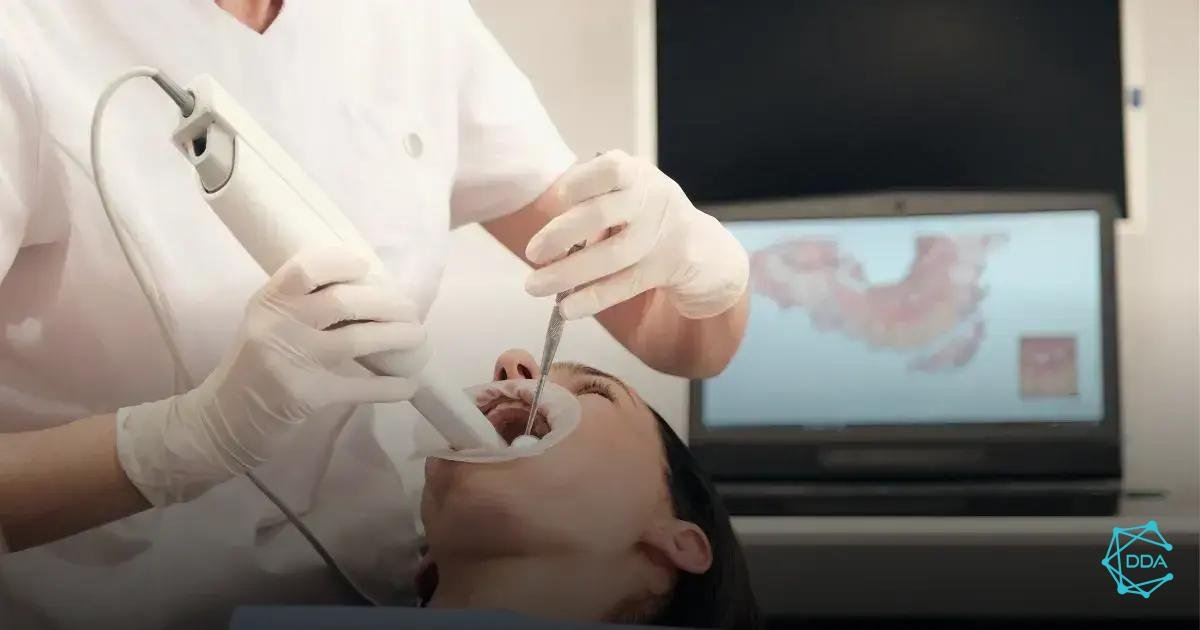

A agility in treatments is one of the most notable features of digital dentistry. With the implementation of advanced technologies, professionals can perform procedures more quickly and efficiently.
For example, the use of 3d printers enables the rapid creation of customized dental prosthetics and aligners. This significantly reduces patient wait times, which could previously take weeks, to just a few days or even hours. This speed not only improves the patient experience, but also optimizes the workflow in the office.
Furthermore, the digitalization of records and the use of management software make scheduling and organizing treatments more efficient. Dentists can quickly access patient history and plan interventions more effectively, avoiding delays and complications.
The combination of digital technologies also facilitates communication between members of the dental team. With centralized and accessible information, all professionals involved in the treatment can collaborate more effectively, ensuring that each step of the procedure is carried out without setbacks.
Improved Communication
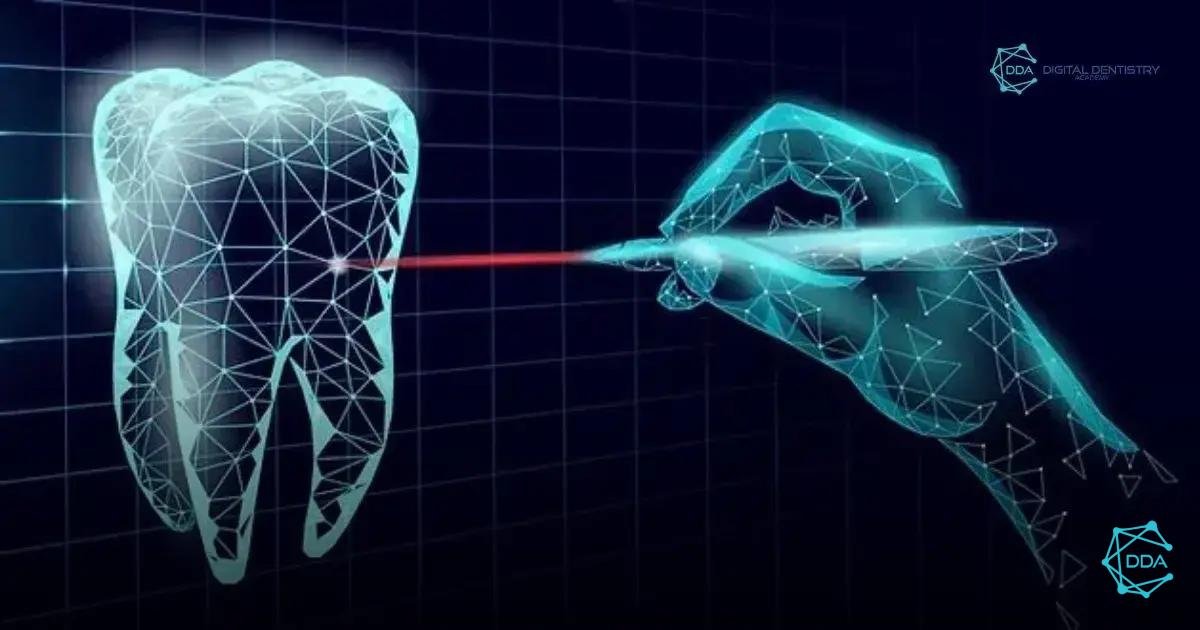

A improvement in communication is one of the significant benefits provided by digital dentistry. With the advent of digital technologies, dentists can interact more clearly and effectively with their patients, resulting in a more satisfying experience.
One of the tools that contributes to this improvement is the use of digital images and explanatory videos. These visual aids help patients better understand their dental condition and the procedures that will be performed. When patients can visualize what is happening in their mouth, they feel more informed and confident about the proposed treatment.
Additionally, digital communication allows dentists to send appointment reminders and post-treatment instructions via text message or email. This not only keeps patients informed, but also reduces no-show rates and improves follow-through.
The use of teledentistry platforms is also on the rise. This approach allows dentists to conduct remote consultations, facilitating access to care and allowing patients to ask questions without having to travel to the office, which is especially useful for those living in remote areas.
Patient Experience
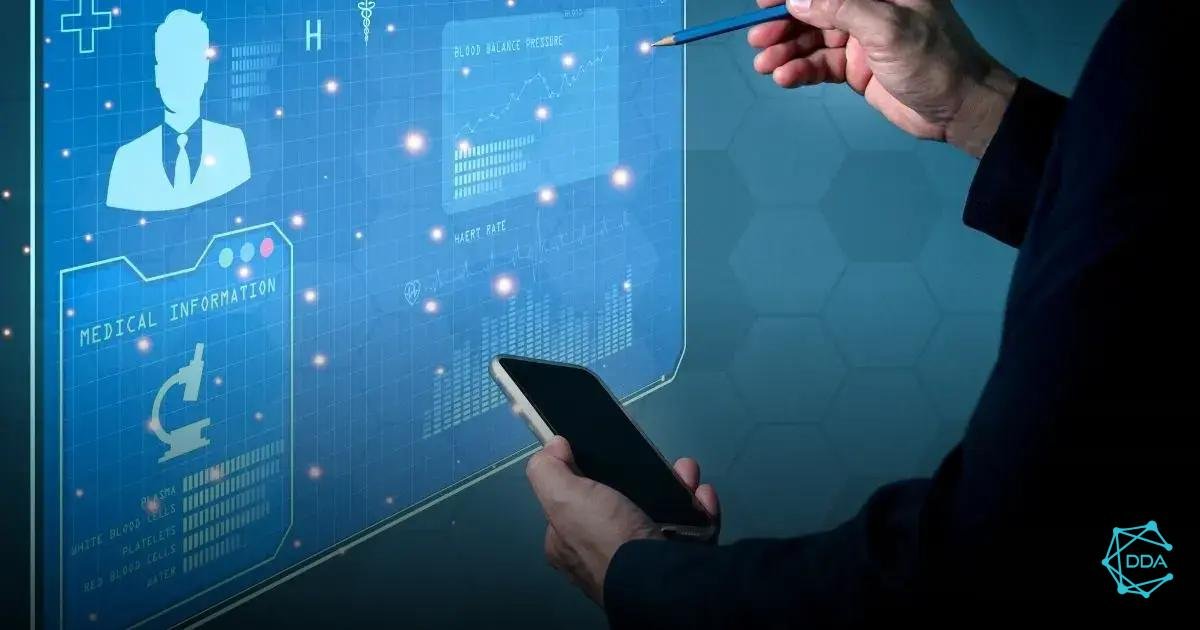

A patient experience is significantly enhanced with digital dentistry. Modern technologies not only make treatments easier, but also make the office environment more welcoming and comfortable.
With the use of 3D animations and digital simulators, patients can visualize the expected results before even starting treatment. This helps create realistic expectations and reduces anxiety, as patients feel more involved and informed about what will happen.
Digitizing processes also results in less physical discomfort. For example, intraoral scanners replace traditional molds, which can be uncomfortable. Patients find this new technology less invasive and faster, which improves their overall perception of care.
Additionally, digital dentistry enables more personalized care. With access to data and past treatment histories, dentists can tailor their approach to each patient’s individual needs, increasing satisfaction and trust in the professional.
Finally, efficient treatments provide a smoother experience. Less waiting time and faster procedures make patients feel that their time is being respected, resulting in a more positive and memorable experience.
Human Error Reduction
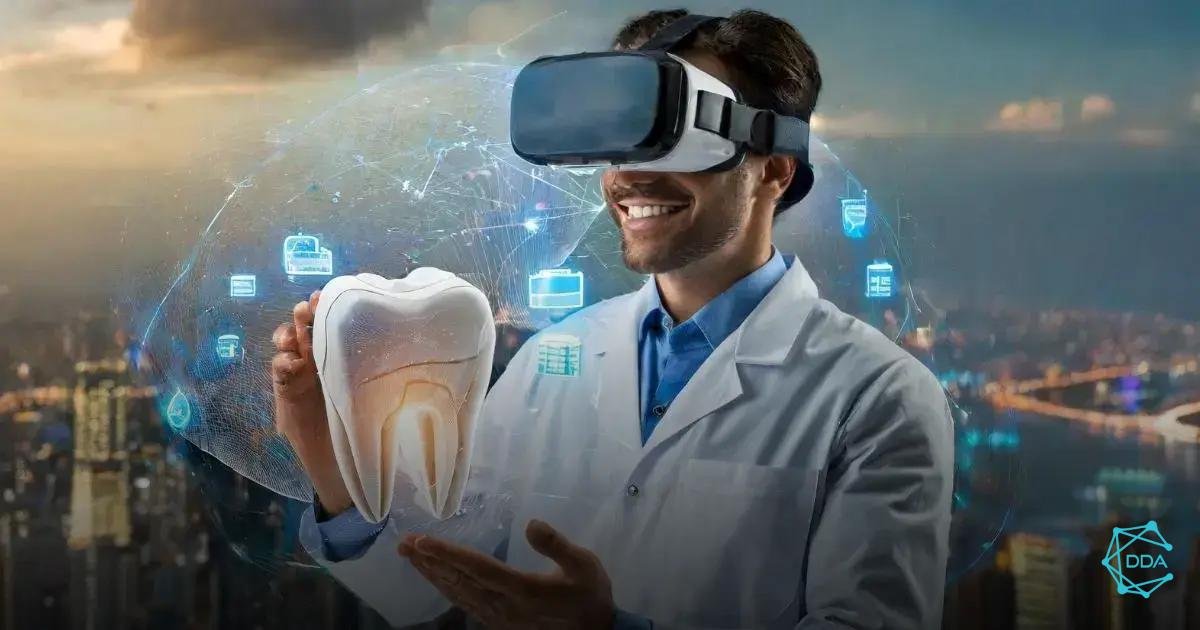

A reduction of human errors is one of the great advantages of digital dentistry, offering a level of precision and reliability that traditional methods often cannot match.
The use of digital technologies, such as intraoral scanners and planning software, minimize the possibility of errors during diagnosis and treatment. For example, when using a scanner, the dentist obtains an accurate image of the dental arch, eliminating the distortions that can occur with plaster molds, which are susceptible to failure.
Furthermore, practice management software allows detailed monitoring of patient history, avoiding information gaps and ensuring that all stages of treatment are followed correctly. This is crucial for the continuity of care and the success of procedures.
Digitization also makes it easier to verify and review data. With electronic records, it is easier to identify inconsistencies and correct information before treatment begins, which reduces risks and improves patient safety.
Finally, by automating processes and using assistive technologies, dentists can focus more on the clinical part of care, having less to worry about administrative and repetitive tasks, which also contributes to reducing errors.


